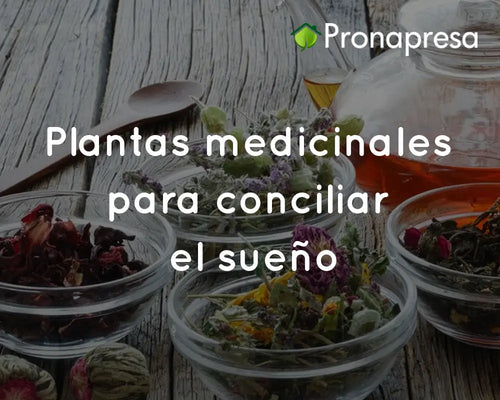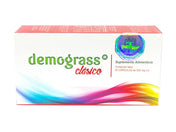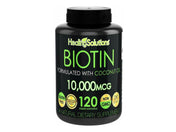
Warm and Comforting Soups: When the temperature drops, soups become an essential dish to keep us warm from the inside out. Opting for homemade soups filled with fresh, nutritious ingredients not only improves our body temperature but also provides an abundance of essential vitamins and minerals . Pumpkin, lentil, and tomato soups are tasty and nutritious options to combat the cold.
Pumpkin, rich in beta-carotene and vitamin A, not only adds color to soups but also promotes eye health and strengthens the immune system . Lentils, on the other hand, are an excellent source of protein and iron, crucial nutrients for maintaining energy and combating fatigue. Adding tomatoes, rich in lycopene, adds a powerful antioxidant that helps protect our cells from damage.
Energizing Roots and Tubers: Roots and tubers are essential ingredients during the cold months, as they provide sustainable energy and contribute to a feeling of internal warmth. Sweet potatoes, for example, are rich in vitamin C and fiber, and have a lower glycemic index than traditional potatoes, which helps maintain stable blood sugar levels.
Ginger, with its anti-inflammatory properties, adds a spicy touch to winter dishes and can help improve blood circulation, thus promoting a feeling of warmth. Carrots, packed with beta-carotene, not only add color and flavor to stews but also benefit skin and vision health.
Fatty Fish for Internal Heat: Fatty fish, such as salmon, trout, and tuna, are rich in omega-3 fatty acids, which are not only beneficial for cardiovascular health but can also help maintain a healthy body temperature. These essential fatty acids play a crucial role in regulating inflammation and can improve resistance to cold temperatures.
In addition to their health benefits, fatty fish are versatile in the kitchen. They can be baked, roasted, or grilled, allowing for a variety of culinary options to keep us warm during cold winter days.
Seasonal Fruits Packed with Energy: Although we most commonly associate fruits with summer, the winter season also offers a selection of delicious and nutritious options. Oranges, tangerines, and grapefruits are rich in vitamin C , a key nutrient for strengthening the immune system and fighting off winter colds.
Apples and pears, available year-round, are fruits that can be enjoyed raw or cooked. Adding cinnamon to baked apples not only intensifies the flavor but also provides an added touch of warmth and comfort.
Energy-Boosting Nuts and Seeds: Nuts and seeds are little nutritional treasures that can help us fight the cold and keep us energized. Walnuts, almonds, and pistachios are rich sources of healthy fats, protein, and fiber. They also contain essential minerals like magnesium, which plays a crucial role in energy production.
Chia and flax seeds are excellent additions to smoothies, yogurts, or hot oatmeal. These seeds are rich in omega-3 fatty acids and fiber, which not only promote satiety but also help maintain body temperature.
Warming Infusions and Warming Spices: Nothing beats a cup of tea or a warming infusion to combat the cold. Green and black tea, loaded with antioxidants, not only offer a pleasant warming sensation but also have benefits for cardiovascular health and metabolism.
Herbal infusions, such as chamomile, peppermint, and ginger, are known for their relaxing and digestive properties. Adding spices like cinnamon, cloves, and nutmeg to hot drinks not only enhances the flavor but also provides an additional feeling of warmth and comfort.
Conclusion
Staying warm during the cold months doesn't just mean dressing properly, but also taking care of our diet. Incorporating healthy and nutritious foods such as comforting soups, roots and tubers, fatty fish, seasonal fruits, nuts, seeds, and warming infusions can make a difference in how we face the winter. By focusing on a balanced diet, we not only provide our bodies with the necessary nutrients but also create a sense of well-being that helps us face the cold with greater vitality and resilience.























































